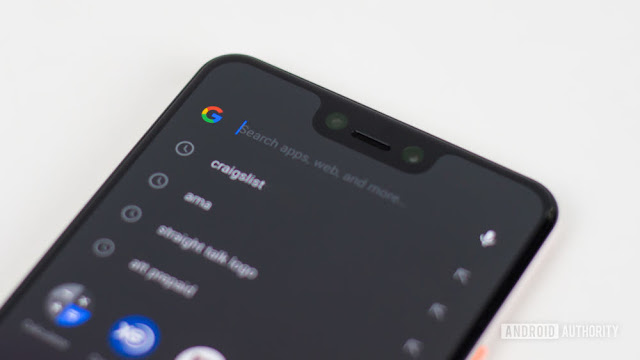If you've used Search on a mobile device recently, it will function quite differently starting today, at least in the US.
- Google Search on mobile now has an infinite scroll layout.
- Instead of getting to the bottom of a page and moving on to the next, you’ll just keep scrolling.
- The new feature is live now in the United States and will likely come to other areas soon.
Usually, when you’re searching for something online, you don’t venture beyond the first page of results. If you can’t find what you want on page one, it’s likely your search string isn’t specific enough. Still, there are times you’ll venture on to page two (or, gasp, page three) as you hunt for the info you need.
Starting today, though, this kind of behavior on the mobile version of Google Search won’t happen. Now, when you conduct a search, your results will show as an infinitely scrolling page. You won’t need to ever go to the second page, because the results will just continue to load until there are none left.
Check out the video below to see how it looks.
Google announced this huge change to how its search results populate today. It is rolling out today within the United States for English searches. Google doesn’t mention it, but it is highly likely it will come to other English-speaking countries soon and then gradually roll out in other languages.
If for whatever reason you don’t like this change, you’re only other option on mobile would be to use another search engine. We recommend sticking with Google Search, but if you feel so inclined, there are other options.
from TechCrunch https://ift.tt/3j4jEuf
via IFTTT

Comments
Post a Comment